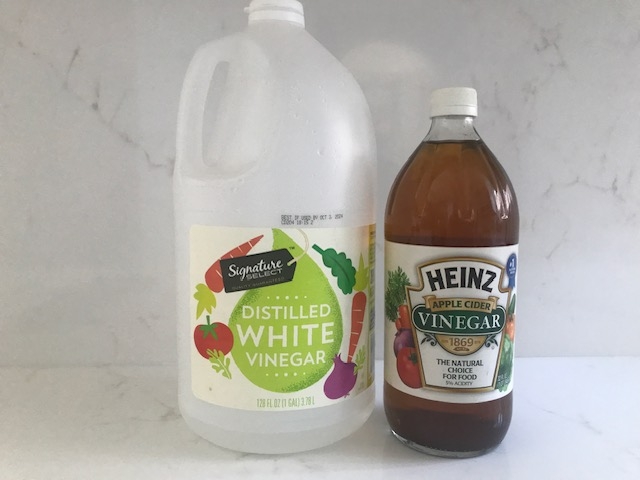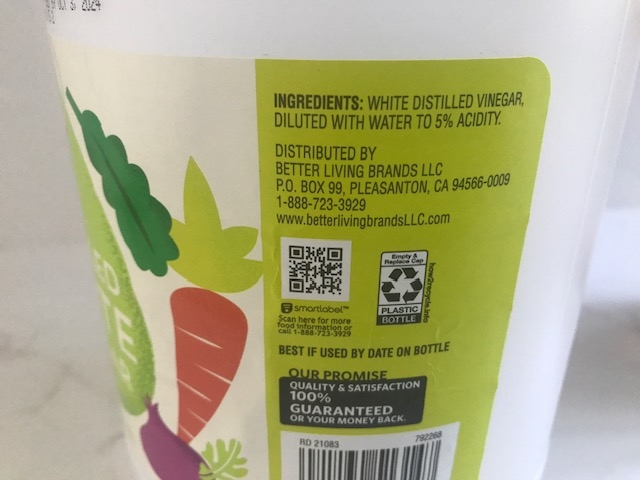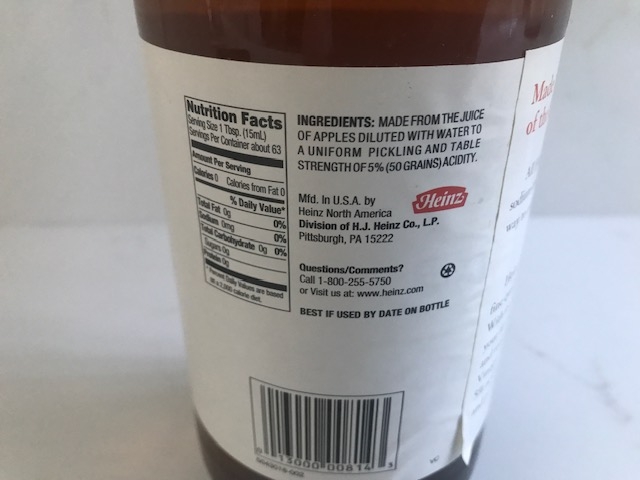
Vinegar products have various acidity levels. For canning, a 5% acidity level is required for safety reasons. The recipe requiring 5% vinegar level is because the produce that is being used in the recipe is low acid food. Any less than a 5% level will not destroy the dangerous bacteria that cause botulism. There are vinegars with a higher acidity level, and they aren't what you want either, as these have not been food safety tested and approved for home canning.
Homemade vinegars should never be used when canning. Using pH test strips is not reliable when it comes to food safety.
Distilled White Vinegar and Apple Cider Vinegar are the two 
Distilled white vinegar is derived from grain alcohol. It has a sharp and pungent flavor. Since it is clear in color, it is preferred when you don't want the produce to change color. It also plays well with herbs and spices.
Cider vinegar is derived from apples. Its color is light golden, and it has a tart fruit flavor, being milder than distilled white vinegar. Because it is not colorless, it may darken light colored produce. If apple cider vinegar is not filtered, it will contain its mother. The mother is created naturally during the vinegar fermentation. The mother appears as a cloudy, sometimes stringy substance. If you want to avoid mother in your vinegar, then look for filtered or pasteurized apple cider vinegar.
There are specialty vinegars, which include wine vinegars, balsamic, malts and various other flavors. They should not use these unless when specified in research tested (approved) recipe.
Disclaimer: The images are for illustration purposes only and are not an endorsement of any specific brand.
Photo Credit: Courtesy of Sherida Phibbs and used with permission.
Resources: PennState Extension, Advice About Vinegar https://extension.psu.edu/advice-about-vinegar


